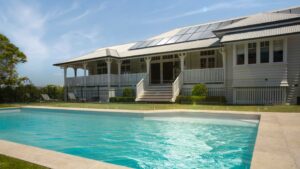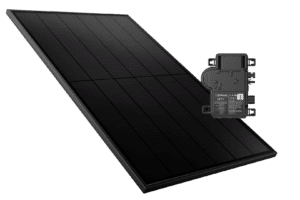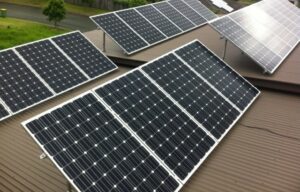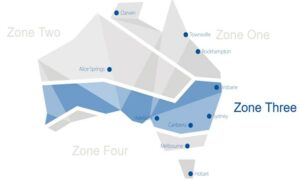There’s no smoke without fire. It’s quite obvious. Similarly, people feel there’s no solar power without sunshine. Interestingly, that’s not true.
We all know that all solar systems draw energy from the Sun. There’s no doubting that. However, they continue to function even after the Sun has set.
Are you surprised? Well, it’s true.
In the Gold Coast, there’s no lack of sunshine. For most parts of the year, it experiences sunny, sub-tropical weather. This is just perfect for solar systems.
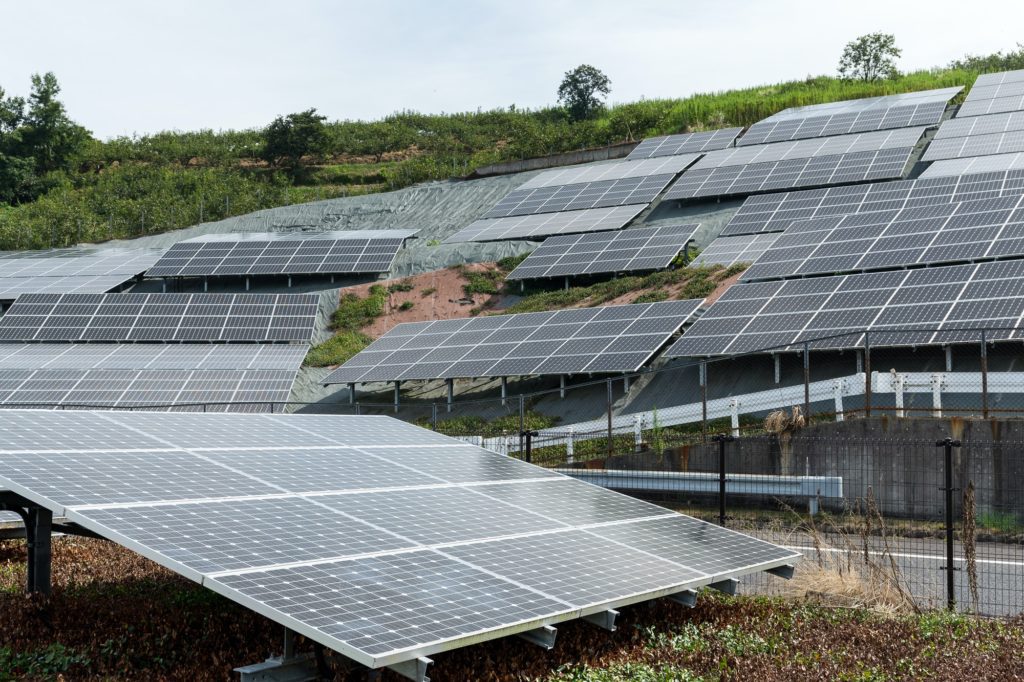
However, if you have doubt lets put the myths to rest.
Myth
Solar won’t function when there’s no sunshine or at night.
Fact
Well, it surely will.
Myth
During cloudy days or rains, solar will not work.
Fact
Rain or shine, solar works fine. There’s a reduction in the amount of energy generated. There’s no questioning that. However, it depends on what time of the day it’s cloudy and the density of rainfall.
The myth with a twist
Solar installations will stop working in high temperatures.
Fact
Temperatures don’t determine their functionality. It’s a misconception. Their efficiency might reduce but they don’t stop working. When temperatures are soaring (over 40° Celsius), there is a slight reduction in output in solar. It’s usually around 12 to 18 percentage.
How is this possible?
Contrary to popular belief, solar installations do not stop working after sunset. Yes, they do require sunlight to produce electricity or energy. In technical terms, they absorb photovoltaic energy (PV) and convert it into direct current (DC) power. A system inverter helps DC convert in alternating current (AC) power.
So what happens after dusk when they are in a passive state?
They continue to run, thanks to net metering and storage technology. Either you connect them to a grid or a battery and enjoy sustainable energy all day long.
Storage technology
Well, solar installations do not produce electricity or energy at night. We cannot change this fact. However, that does not mean they not be functional too. They have a storage system that ensures an uninterrupted supply of power.
They soak up energy during the day and the solar storage battery accumulates it for later use.
Net metering
There are days when a solar produces excess energy. Simply put, there’s more supply than demand. Solar systems have PV grid-tied systems. PV collects sunlight, converts it and feeds it into the grid. This is usually connected to every household’s regional energy grid. You can outsource excess energy, make money and earn credits. When you have low supply due to bad weather, you can use these credits to draw electricity back from your grid. You pay less for this electricity. This is the net metering process.
Even if your experience only a few hours of sunshine, it’s sufficient to power an average Australian home. That’s why solars are in trend and a viable option. Get in touch with Solaplumb for all solar solutions.

